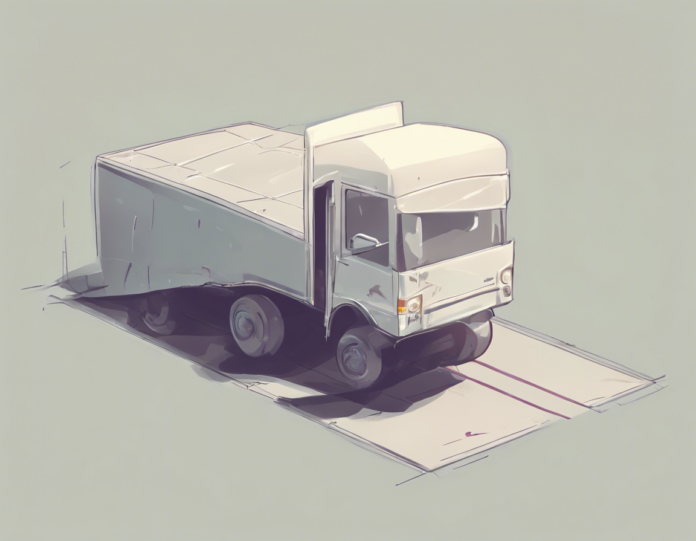When it comes to understanding object movement, one of the fundamental aspects to consider is the distance traveled. In physics, distance refers to the length of the path traveled by an object. This can be a straight line or a curved path. The concept of distance traveled is crucial in determining the displacement, speed, and acceleration of an object. In this comprehensive guide, we will delve into the nuances of distance traveled and explore the various factors that influence it.
The Basics of Distance Traveled
Distance is a scalar quantity, meaning it only has magnitude and no direction. It is always a positive value or zero. The SI unit of distance is meters (m). When an object moves from one point to another, the total distance traveled is the sum of all the individual distances covered during the movement.
Calculating Distance Traveled
The distance traveled by an object can be calculated using the formula:
Distance Traveled = |Δd| = |d₂ – d₁|
Where:
– Δd is the change in position or displacement
– d₁ is the initial position
– d₂ is the final position
Factors Affecting Distance Traveled
Several factors influence the distance traveled by an object. Let’s discuss some of the key factors:
1. Speed and Time
The speed at which an object moves directly affects the distance it travels in a given time interval. The greater the speed, the more distance the object will cover in the same amount of time.
2. Acceleration
Acceleration plays a significant role in determining how quickly an object’s velocity changes. Higher acceleration results in the object covering more distance in a shorter time.
3. Direction of Movement
The direction in which an object moves also impacts the total distance traveled. If an object changes direction multiple times during its movement, the distance traveled will be the sum of all the individual displacements.
4. Terrain and Obstacles
The nature of the terrain and the presence of obstacles can affect how far an object can travel. Rough terrain or obstacles may hinder the movement of the object, reducing the overall distance traveled.
Applications of Distance Traveled
The concept of distance traveled is integral to various fields, including:
- Sports: Measuring the distance covered by athletes during races or games.
- Transportation: Calculating the distance traveled by vehicles from one point to another.
- Physics: Understanding the motion of objects and calculating displacements.
Importance of Understanding Distance Traveled
Understanding the distance traveled is essential for various reasons:
- Motion Analysis: Helps in analyzing the motion of objects and determining their speed and acceleration.
- Navigation: Aids in navigation by calculating the distance between two points.
- Performance Evaluation: Used to assess the performance of athletes, vehicles, and other moving objects.
Frequently Asked Questions (FAQs)
1. What is the difference between distance traveled and displacement?
- Answer: Distance traveled refers to the total length of the path covered by an object, while displacement is the change in position of the object from the initial point to the final point.
2. Can the distance traveled be negative?
- Answer: In most cases, distance traveled is always a positive value or zero. Negative distances are not common in physical scenarios.
3. How is distance traveled related to speed?
- Answer: Distance traveled is directly proportional to speed. Higher speeds result in covering more distance in the same amount of time.
4. Why is understanding distance traveled important in physics?
- Answer: Distance traveled helps in analyzing the motion of objects, calculating displacements, and studying the effects of speed and acceleration.
5. How do obstacles affect the distance traveled by an object?
- Answer: Obstacles can hinder the movement of an object, reducing the total distance traveled. Objects may need to change their path or slow down to navigate obstacles.
In conclusion, understanding the concept of distance traveled is crucial for analyzing the motion of objects and assessing their performance in various scenarios. By considering factors such as speed, acceleration, and direction, one can accurately calculate the distance covered by an object and gain insights into its movement patterns.

